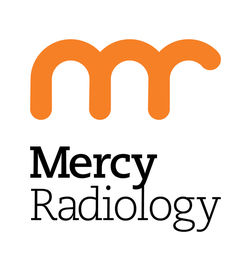Central Auckland, East Auckland, South Auckland, West Auckland, North Auckland > Private Hospitals & Specialists >
Mercy Radiology
Private Service, Radiology, Pregnancy Ultrasound
Magnetic Resonance Imaging (MRI)
MRI produces very detailed cross sectional pictures of the body without using x-rays or ultrasound. It uses two naturally occurring forces, magnetic fields and radio waves, to generate images. When the body is placed in a large magnet, some of the atoms which make up the body behave like small magnets. A radiowave directed at these atoms causes them to send out a radiowave of their own. These returning signals are detected by a specialised antenna and a computer converts the signals into a picture. These pictures are recorded on a film for the radiologist to interpret.
Unlike ordinary x-rays the pictures are cross sections of the body, a bit like CT scans, except that MRI cross sections can be obtained from any angle. MRI is extremely good at showing fine abnormalities in the brain particularly small tumours and multiple sclerosis which do not show at all well on CT scanning. It also produces better pictures of the spine than CT scanning and for this reason is largely replacing CT scanning for investigating the head and spine.
MRI is also superb for examining joints - especially the knee and shoulder, and is rapidly replacing exploratory surgery on these joints. Pelvic diseases such as cancer in the ovaries, uterus and prostate are often "staged" by MRI. ("Staging" means checking for spread to other areas). It is also the best test we have to find endometriosis.
Preparation:
No special preparation is needed for MRI examination. However any metal in or on the body interferes with the MRI signals. Before the examination you will be asked whether you have metallic implants, electrical implants or whether you may have any metallic fragments like shrapnel elsewhere in the body. As clothing may contain metal, you will be asked to wear a hospital gown. Eyeshadow, glasses, jewellery, watches and hair pins should also be removed as these may contain metal. Credit cards are erased by the magnetic fields, so they should be left outside the scanner room.
What to expect?
To perform a scan the patient lies on a table and is carried into a large circular magnet. The procedure is painless and there is nothing to do but lie still, breath quietly and relax. Keeping still is very important to prevent blurring of the images. The machinery is quite noisy and patients often hear thumps and bangs while it is working. There is an intercom built into the machine so you will be able to talk to, and hear from, the radiographer during the procedure. The examination usually takes between 30 and 90 minutes. Occasionally a small injection is given to better outline parts of the body.
For more information click here

